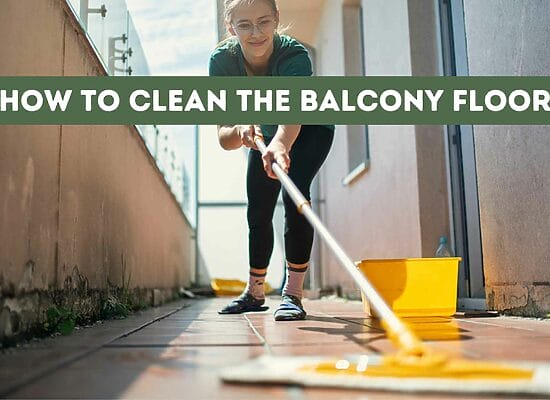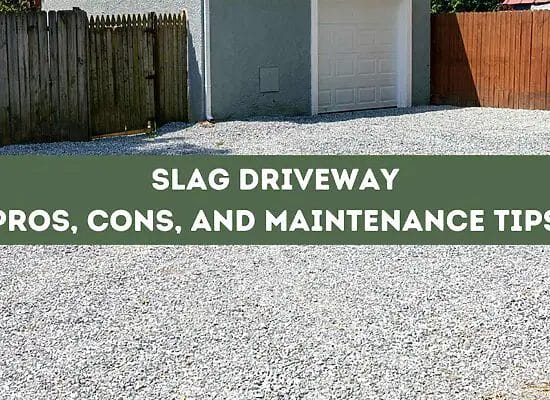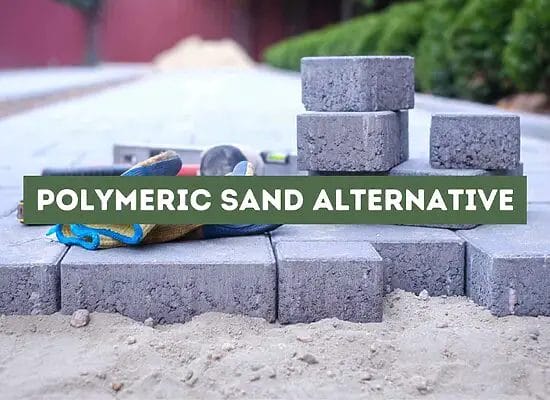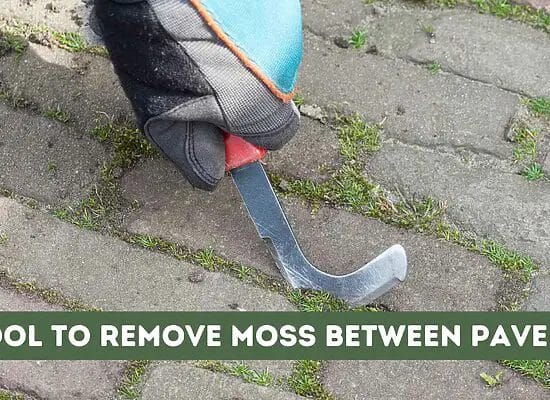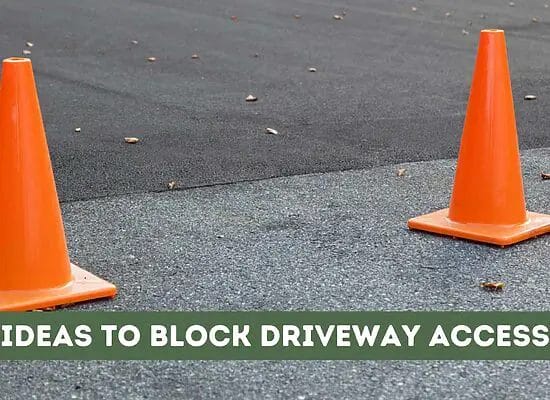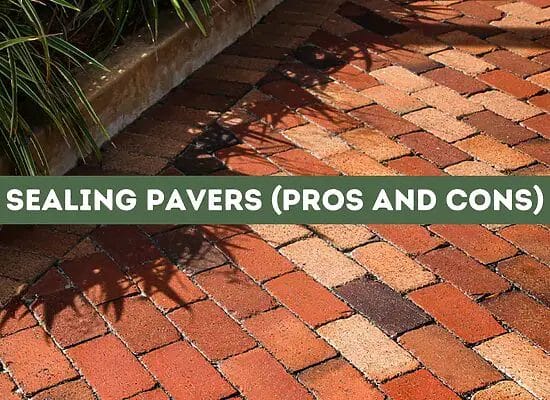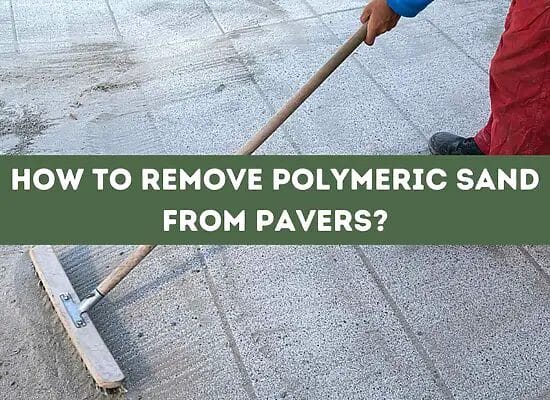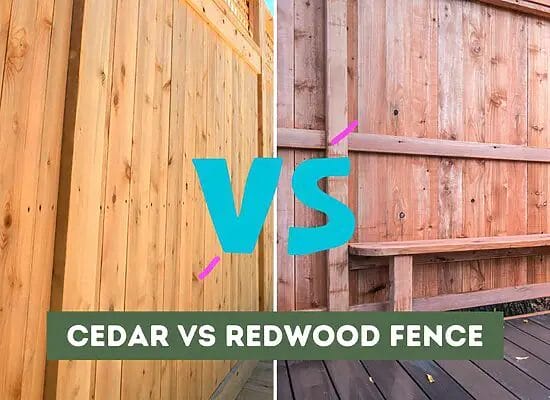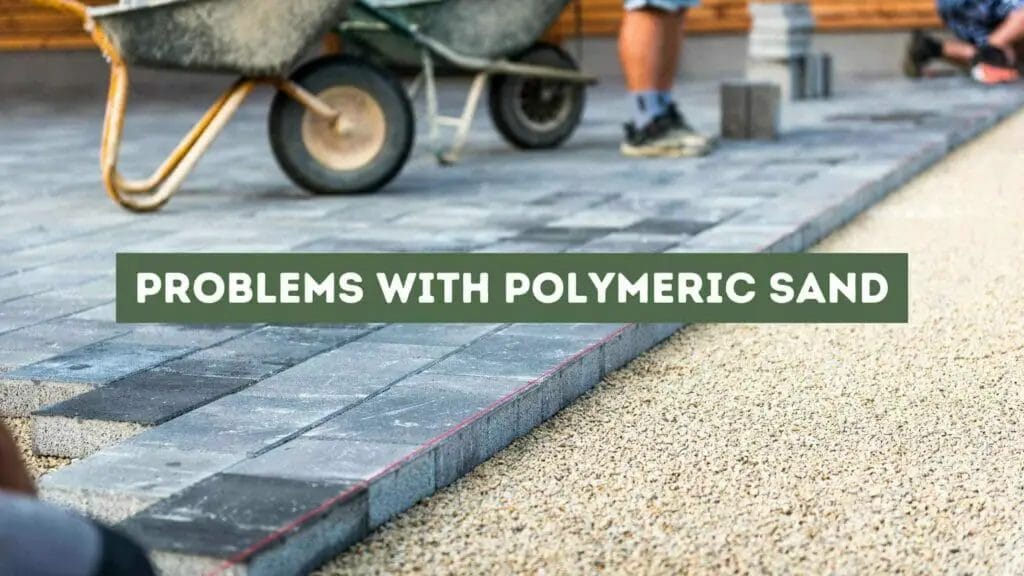
Are you planning to use polymeric sand for your next paving project? While this type of sand has gained popularity in recent years due to its durability and resistance to erosion, it is not without its problems. In fact, there are several common mistakes that can lead to issues with your polymeric sand installation.
One of the biggest problems with polymeric sand is incorrect installation. From using the wrong type of jointing sand to not allowing the pavers and joints to dry completely, there are several mistakes that can compromise the effectiveness of the polymeric sand. Additionally, over- or under-watering during the installation process can also lead to problems, such as the sand washing out of the joints or failing to set up properly.
Below we’ll explore some of the most common problems with polymeric sand and provide tips for avoiding them.
Key takeaways:
- Polymeric sand installation is the final step in a paving project and requires careful consideration of joint depth and width.
- The correct tools, such as a push broom, plate compactor, and garden hose, are necessary for proper polymeric sand installation.
- The installation process involves pouring the sand onto the pavers, sweeping it into the joints, and compacting it with a plate compactor.
- The activation process includes misting the sand with water and allowing it to dry completely before use.
- Common mistakes to avoid when using polymeric sand include over-watering or under-watering the joints, using the wrong type of sand, and failing to remove excess sand.
- Weather conditions, such as temperature and rainfall, can affect the installation and bonding of polymeric sand.
- Polymeric sand can be used for various materials, including pavers, concrete, stone, and interlocking concrete pavement, but proper installation and joint spacing are essential.
Installation of Polymeric Sand
Installing polymeric sand is the final step in your paver project. It is an essential component that will keep your pavers in place and prevent weed growth. However, the installation process can be tricky if you are not familiar with it. Here are some instructions and tips that can help you install polymeric sand correctly:
- Joint Depth and Width: The first thing you need to consider is the joint depth and width. The joint depth should be at least 1 ½ inches (3.8 cm) deep, and the width should be between 1/8 to ¼ inch (0.3 to 0.6 cm). If the joint is too shallow, the sand will not bond correctly, and if it is too wide, it will take longer to activate.
- Tools: You will need a few tools to install polymeric sand, including a push broom, plate compactor, and a garden hose. The push broom is used to sweep the sand into the joints, and the plate compactor is used to compact the sand. The garden hose is used to mist the sand during the activation process.
- Installation Process: Once you have the joint depth and width right, you can start the installation process. Pour the sand onto the pavers and use the push broom to sweep it into the joints. Make sure the joints are completely filled with sand. Then, use the plate compactor to compact the sand. Repeat the process until the sand is level with the pavers.
- Activation Process: The activation process is crucial to ensure the sand bonds correctly. Mist the sand with water using a garden hose until the sand is saturated. Make sure not to overwater the sand, as this can cause the sand to wash out. Wait for the sand to dry completely before walking on it.
- Compaction: Compaction is essential to ensure the sand bonds correctly. Use the plate compactor to compact the sand once more after it has dried. This will help to ensure that the sand bonds correctly and prevents weed growth.
Common Mistakes in Polymeric Sand Application
When it comes to using polymeric sand for paving, there are a few common mistakes that people make that can lead to major problems. Here are some of the most common mistakes to avoid:
Over-Watering or Under-Watering
One of the biggest mistakes people make when using polymeric sand is over-watering or under-watering the joints. If you under-water the joints, the sand will not bond properly and will simply form a crust on the top. On the other hand, if you over-water the joints, the sand will become too wet and will not set properly.
To achieve optimal bonding performance throughout the joint, ensure that you adequately water the joints using the “shower” setting on your hose attachment for the recommended duration.
Using the Wrong Type of Polymeric Sand
Another common mistake is using the wrong type of polymeric sand. There are different types of polymeric sand available, and each one is designed for a specific application. For example, if you are installing pavers on top of concrete, you will need a specific type of polymeric sand for this application. Using the wrong type of sand can lead to poor bonding and other problems.
Poorly Removed Excess Sand
When you are finished installing your pavers and polymeric sand, it is important to remove any excess sand from the surface of your pavers. If you don’t remove the excess sand, it can harden on the surface of your pavers and create a hazy appearance. To avoid this problem, make sure you sweep off any excess sand before it has a chance to harden.
Watering the Sand Too Soon
Another common mistake is watering the sand too soon. If you water the sand too soon after installation, it can wash away and cause the sand to become loose. To avoid this problem, wait at least 24 hours before watering the sand.
Improper Joint Spacing
Finally, improper joint spacing can also lead to problems with polymeric sand. If the joints are too narrow, it can be difficult to get the sand to penetrate all the way to the bottom of the joint. If the joints are too wide, it can be difficult to get the sand to bond properly. Make sure you follow the manufacturer’s recommendations for joint spacing to avoid this problem.
Impact of Weather Conditions
When it comes to using polymeric sand for any project, weather conditions play a significant role in the outcome. Rain, temperature, and other weather-related factors can affect the installation process and the final result.
One important factor to consider is the temperature. PolySweep polymeric sand needs to be installed when the temperature is above 35 degrees Fahrenheit (1.7 degrees Celsius) for 24 hours before and 48 hours after installation. If the temperature is too low, the sand may not set up properly, and the joints won’t have the necessary strength.
Another weather condition to consider is rainfall. Rain can be an inherent risk of any polymeric sand project. If it rains before the sand has set, it won’t create a decent bond, and the joints will lack strength. It’s crucial to ensure that there is no rain forecasted for at least 12 hours after installation.
Water and ice can also impact the installation process. If the surface is wet or icy, the sand won’t adhere properly, and the joints may not have the necessary strength. It’s essential to ensure that the surface is dry at the time of installation.
To avoid any issues related to weather conditions, it’s crucial to check the forecast before starting the installation process. If the weather is not suitable, it’s best to wait until conditions improve. It’s also important to cover the area with a tarp if rain is forecasted during the installation process.
Polymeric Sand for Different Materials
When it comes to using polymeric sand, it’s important to choose the right type for the material you’re working with. Here are some tips on how to use polymeric sand for different materials:
Pavers
Polymeric sand is a popular choice for filling the joints between pavers. It helps to prevent weeds from growing and keeps the pavers in place. When using polymeric sand for pavers, it’s important to make sure that the joints are completely dry before applying the sand. You should also make sure that the sand is applied evenly and that it’s not too high or too low. The sand should be applied to a depth of about 1/8 inch below the top of the paver.
Concrete
Polymeric sand can also be used for filling the joints between concrete slabs. It helps to prevent water from seeping into the joints and causing damage. When using polymeric sand for concrete, it’s important to make sure that the joints are completely clean and dry before applying the sand. You should also make sure that the sand is applied evenly and that it’s not too high or too low. The sand should be applied to a depth of about 1/8 inch below the top of the concrete slab.
Stone
Polymeric sand can be used for filling the joints between natural stone. It helps to prevent weeds from growing and keeps the stone in place. When using polymeric sand for stone, it’s important to make sure that the joints are completely dry before applying the sand. You should also make sure that the sand is applied evenly and that it’s not too high or too low. The sand should be applied to a depth of about 1/8 inch below the top of the stone.
Interlocking Concrete Pavement
Polymeric sand is commonly used for filling the joints between interlocking concrete pavement. It helps to prevent weeds from growing and keeps the pavement in place. When using polymeric sand for interlocking concrete pavement, it’s important to make sure that the joints are completely dry before applying the sand. You should also make sure that the sand is applied evenly and that it’s not too high or too low. The sand should be applied to a depth of about 1/8 inch below the top of the pavement.
Issues with Drainage and Compaction
When it comes to installing polymeric sand, one of the most important factors to consider is proper drainage. Without proper drainage, water can accumulate and cause the sand to wash away, resulting in a weak bond between the pavers.
Improper compaction can also lead to issues with drainage. If the sand is not compacted enough, it can settle and create low spots, which can cause water to pool and prevent proper drainage. On the other hand, over compaction can cause the sand to become too dense, which can also lead to poor drainage.
To ensure proper drainage and compaction, it’s important to follow the manufacturer’s instructions carefully. This includes using the recommended amount of water, as overwatering or under-watering can both lead to issues with compaction and drainage.
It’s also important to make sure the base material is properly compacted before adding the sand. This will help prevent settling and ensure proper drainage.
When installing the sand, make sure to fill the joints evenly and avoid overfilling them. Overfilled joints can prevent proper drainage and cause the sand to wash away.
Problems with Haze and Appearance
Polymeric sand can be a great option for filling the joints between pavers, but it can also cause some problems with haze and appearance. Haze is a dust-like residue that can form on the surface of the pavers after the sand has been installed. Appearance issues can include discoloration, unevenness, and a crusty surface.
One of the main causes of haze is improper installation. If the sand is not installed correctly, it can leave a residue on the surface of the pavers. This can happen if too much water is used during installation or if the sand is not properly swept into the joints. To avoid haze, make sure to follow the manufacturer’s instructions carefully and use the correct amount of water.
Another cause of haze is using the wrong type of sand. Some polymeric sands are designed for specific types of pavers, so it’s important to choose the right one for your project. If you’re not sure which sand to use, consult with a professional.
Appearance issues can also be caused by improper installation. If the sand is not evenly distributed or if it’s not compacted enough, the surface of the pavers can be uneven. This can be especially noticeable if you have a large area to cover. To avoid this problem, make sure to use a compactor and follow the manufacturer’s instructions carefully.
Polymeric sand crust is another appearance issue that can occur. This happens when the sand hardens on the surface of the pavers, creating a crusty layer. This can be caused by using too much water during installation or by not properly sweeping the sand into the joints. To avoid crust, make sure to use the correct amount of water and sweep the sand into the joints thoroughly.
Role of Polymeric Sand in Weed and Insect Control
If you’re looking for a solution to prevent weeds and insects from ruining your hardscape, polymeric sand might be the answer you’re looking for. Polymeric sand consists of a fine-grade sand infused with additives that create a cohesive binding agent upon contact with water. Silica, a commonly utilized additive, plays a significant role in facilitating the adhesion of the fine sand particles. By employing silica and other additives, polymeric sand effectively secures the fine sand particles together, ensuring a durable and reliable outcome.
When polymeric sand is installed properly, it can help prevent weed growth by filling in the gaps between pavers and forming a solid, durable surface. Polymeric sand can also prevent insects from burrowing into the gaps between pavers.
However, it’s important to note that not all polymeric sands are created equal. Superior-grade polymeric sands are comprised of finer particles, enabling them to effectively occupy minuscule gaps and crevices within the pavers. Additionally, these sands are infused with a polymer that establishes a robust chemical bond, enhancing their adhesive properties. This bond helps to prevent weed growth and insect infestations more effectively and for a longer time.
It’s also important to use the right amount of polymeric sand when installing pavers. Too much sand can cause the pavers to shift and become uneven, while too little sand can cause gaps that allow weeds and insects to penetrate.
To ensure the best results, it’s recommended to use a gentle shower from a hose nozzle when laying pavers with polymeric sand. Move the nozzle back and forth, and just put a light mist on the sand. This will help to activate the polymer and ensure that the sand sets properly.
Regular maintenance is also important to keep weeds and insects at bay. One way to prevent weeds from growing in between pavers is to regularly douse the area in boiling water. Boiling water is going to kill all plant life, including seeds and seedlings. You also get to kill two birds with one stone because you’ll be cleaning your pavers at the same time. Vinegar is another natural solution that can be used to kill weeds.
Choosing the Right Polymeric Sand
When it comes to choosing the right polymeric sand, there are a few factors to consider to ensure the best results for your project. Here are some tips to help you choose the right polymeric sand:
Quality Ingredients
One of the most important factors to consider when choosing polymeric sand is the quality of the ingredients. Cheap ingredients can lead to product failures and a lack of durability. Look for polymeric sand that is made with high-quality materials and avoid products that have a lot of filler or low-quality components.
Correct Sand Type
Polymeric sand is designed to work best with certain types of sand, such as tan or stone dust. Make sure you choose the correct sand type for your project to ensure the best results. Using the wrong type of sand can cause the polymeric sand to fail to set properly.
Moisture Content
Polymeric sand needs to be installed when the pavers and joints are completely dry. Any moisture present can cause the polymers to prematurely activate, leaving a haze on the surface, or the sand won’t set up properly. Make sure you check the weather forecast and avoid installing polymeric sand if rain is expected.
Joint Size
The size of the joints between your pavers is another important factor to consider. Polymeric sand is designed to work best with joints that are between 1/8 inch and 1/4 inch wide. If your joints are larger than this, you may need to use a different type of jointing material.
Application
When applying polymeric sand, make sure you follow the manufacturer’s instructions carefully. This will ensure that the sand is applied correctly and will set up properly. Make sure you use the recommended amount of sand per square foot and use a vibratory plate compactor to ensure that the sand is properly compacted.
Polymeric Sand in Home DIY Projects
Polymeric sand is a popular material used in hardscaping and home DIY projects, particularly in patio installations. It is a mixture of sand and polymer additives that harden and bind the sand particles together when activated by water. The result is a durable and stable surface that can withstand foot traffic, weather conditions, and other external factors.
Using polymeric sand in your home DIY project can be a great option as it provides a long-lasting solution that requires minimal maintenance. It is also relatively easy to install, making it a popular choice for DIY enthusiasts. However, there are a few things to keep in mind when working with polymeric sand to ensure a successful project.
Firstly, make sure to choose the right type of polymeric sand for your project. There are different types of polymeric sand available, each with specific properties and applications. For example, some polymeric sands are designed for use in wet conditions, while others are suitable for use in dry conditions. It is important to choose the right type of sand for your specific project to ensure optimal performance.
Secondly, pay attention to the weather conditions when working with polymeric sand. Rain or high humidity can affect the curing process of the sand and compromise its strength. It is best to avoid installing polymeric sand in rainy or humid conditions and to wait for dry weather before starting your project.
Thirdly, ensure that the joints between the pavers are properly filled with polymeric sand. This will help to prevent weed growth and water infiltration, which can cause damage to the surface over time. It is also important to remove any excess sand before activating it with water to ensure a clean and uniform surface.
Finally, follow the manufacturer’s instructions carefully when installing polymeric sand. This will help to ensure that the sand is properly activated and cured, resulting in a strong and durable surface. It is also a good idea to watch online tutorials or seek advice from professionals to ensure that you are following the best practices for your specific project.
Improving Bonding Performance and Durability
To ensure the longevity and durability of your pavement solution, it is crucial to use the correct jointing compound. Polymeric sand is a popular choice because of its bonding performance and ability to stabilize pavers. However, improper installation or lack of maintenance can lead to problems such as moss growth and sand loss.
To improve the bonding performance and durability of polymeric sand, consider the following tips:
- Surface Preparation: Proper surface preparation is key to achieving a strong bond. Make sure the surface is clean, dry, and free of debris before applying the polymeric sand. Use a power washer if necessary to remove any stubborn dirt or grime.
- Proper Installation: When installing polymeric sand, it is important to follow the manufacturer’s instructions carefully. Use the correct amount of sand and water, and make sure it is evenly distributed between the pavers. Avoid over-watering, as this can lead to sand loss and reduce the bond strength.
- Sealer Application: Applying a sealer after the polymeric sand has fully cured can help improve its durability. The sealer will protect the sand from water penetration and prevent moss growth. Make sure to use a sealer that is compatible with the polymeric sand.
- Regular Maintenance: To ensure the longevity of your pavement solution, it is important to perform regular maintenance. Sweep away any debris and remove any weeds or moss that may have grown in between the pavers. Reapply polymeric sand as necessary to maintain the bond strength.
Environmental Impact of Polymeric Sand
When it comes to the environment, polymeric sand has both positive and negative impacts. On the one hand, it can help to reduce the amount of water needed for maintenance, as it prevents weed growth and locks in the pavers. This can save you money on water bills and also reduces the amount of herbicides needed for weed control. However, there are also some negative environmental impacts associated with polymeric sand.
One of the main concerns with polymeric sand is that it can be harmful to aquatic life. When polymeric sand is washed away by rain or irrigation, it can end up in nearby waterways, where it can harm fish and other aquatic organisms. This is because polymeric sand contains a range of chemicals that are toxic to aquatic life, including polymers, resins, and other additives.
Another environmental concern with polymeric sand is that it is not biodegradable. This means that once it is installed, it will remain in place indefinitely unless it is physically removed. This can be a problem if you decide to change your landscaping, as you will need to remove the polymeric sand before you can make any changes.
Polymeric sand can also contribute to soil erosion. This is because it can create a hard, impermeable layer on top of the soil, which can prevent water from soaking into the ground. This can lead to runoff, which can carry soil and other pollutants into nearby waterways.
To minimize the environmental impact of polymeric sand, it is important to use it sparingly and to follow the manufacturer’s instructions carefully. You should also avoid using polymeric sand in areas where it is likely to be washed away by rain or irrigation, such as near waterways or in areas with steep slopes. Finally, you should always dispose of any leftover polymeric sand properly rather than simply dumping it in the trash.
FAQ: Problems with Polymeric Sand
What are some alternatives to polymeric sand?
There are several alternatives to polymeric sand. Some of the most common ones include regular sand, stone dust, and crushed stone. Regular sand is the cheapest option, but it can wash away easily and requires frequent maintenance. Stone dust and crushed stone are more durable and provide better drainage, but they can be more expensive than regular sand.
Can polymeric sand be applied more than once?
Polymeric sand can be applied more than once, but it is not recommended. Applying a second layer of polymeric sand can cause the first layer to become soft and lose its strength. If you need to repair or replace the polymeric sand, it is best to remove the old sand completely before applying a new layer.
Why does polymeric sand become soft after rain?
Polymeric sand becomes soft after rain because it absorbs water and loses its strength. This is why it is important to make sure that the sand is completely dry before applying it and to avoid using it in wet conditions. If the sand becomes soft after rain, you can try to remove the soft sand and replace it with dry sand.
Is polymeric sand toxic?
Polymeric sand is not toxic, but it can cause skin irritation and respiratory problems if it is not handled properly. It is important to wear gloves and a mask when handling polymeric sand and to avoid inhaling the dust. If you have a history of respiratory problems or allergies, you should consult a doctor before using polymeric sand.
Does polymeric sand harden like concrete?
Polymeric sand does not harden like concrete, but it does become firm and stable when it dries. It is important to make sure that the sand is completely dry before using the paved surface to avoid damaging the joints. Polymeric sand is designed to provide a flexible and durable joint that can withstand weather and traffic.
When should polymeric sand not be used?
Polymeric sand should not be used in wet conditions or when rain is expected within 24 hours. It should also not be used on pavers that are damp or have moisture present. Additionally, polymeric sand should not be used on surfaces that slope towards the house or other structures, as it can cause water damage. If you are unsure whether polymeric sand is the right choice for your project, consult a professional.

